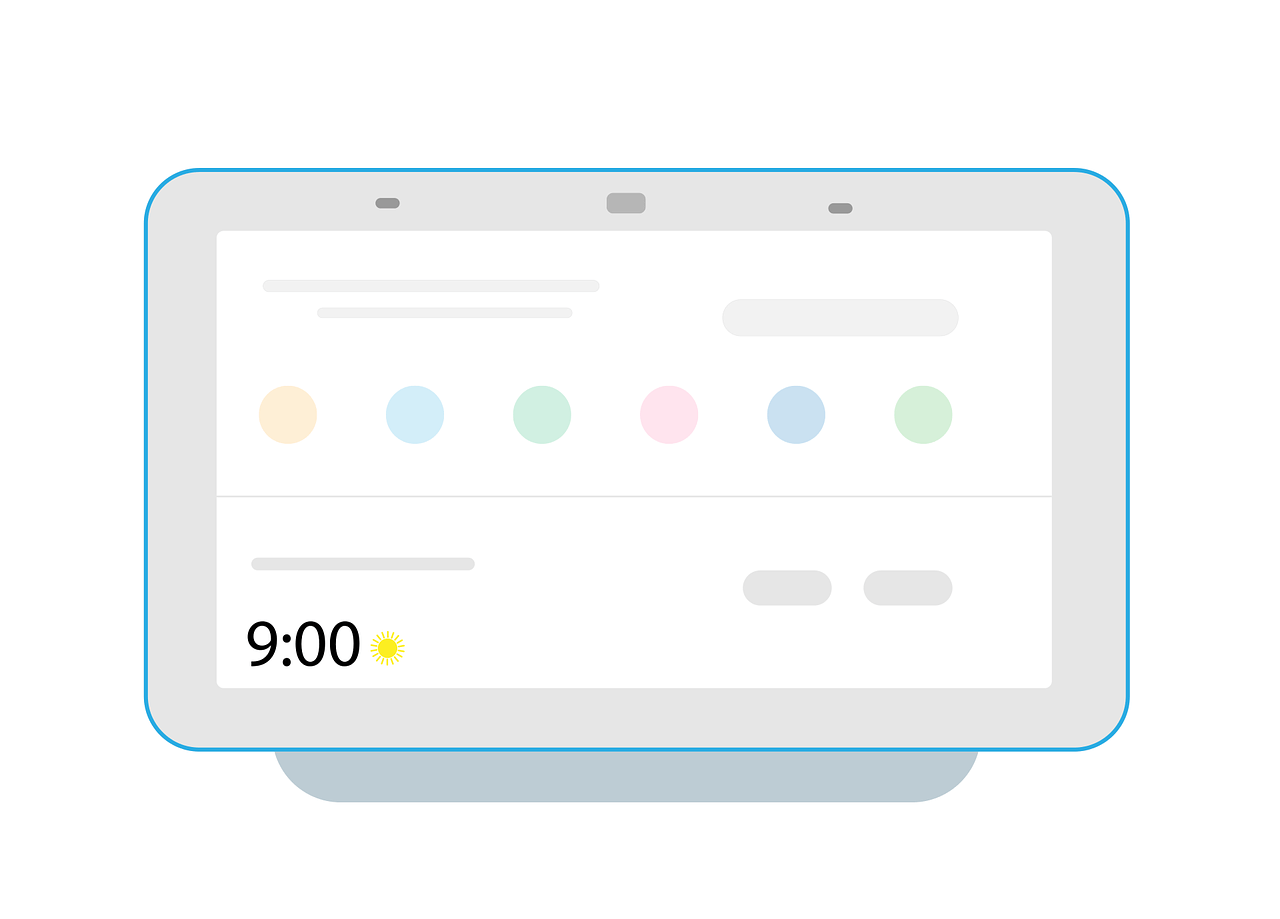To kickstart your Smart Home journey, it’s wise to consider which platform you want to use to manage your Smart Home. Such a platform allows you to control all your Smart Home devices conveniently within one app. Additionally, it gives you the ability to make devices work together, even if they’re from different manufacturers. For instance, you can use a motion sensor from Aqara to automatically turn on your Philips Hue smart lighting. Or you can ensure that the light in the hallway automatically turns on when your smart door lock is opened. Below, we’ll dive into the key options.
Apple HomeKit
Apple HomeKit is Apple’s Smart Home platform. The Home app comes pre-installed on your iPhone or iPad and is also available on your MacBook. This platform is particularly suitable for users who use an iPhone in their daily lives and want to easily automate their Smart home. To remotely control your devices and ensure seamless integration, you need a HomeKit Hub. This can be a HomePod (Mini) or an Apple TV. The HomePod or Apple TV connects all devices and ensures they are available online, even when you’re not at home. Additionally, you can use the HomePod to execute commands via the Siri voice assistant, such as turning on your lights or setting a timer. Furthermore, these hubs also support the Thread protocol, which is necessary for connecting specific devices to HomeKit.
Google Home
Google Home is a widely accepted platform for Smart Home products and is particularly suitable if you have an Android phone. Almost all Smart Home products work with Google Home. Moreover, the app can also be installed on iPhones, making it widely usable. Some products are connected via the app online, while others are connected by using a Google Home Hub, such as the Google Nest 2. Although you can apply automations via Google Home, there are fewer options compared to Apple HomeKit.
HomeAssistant
If you want complete control over settings, interconnections, and the ability to build your own dashboard to manage your Smart Home, then HomeAssistant might be for you. Home Assistant is an open-source Smart Home platform, offering immense flexibility. However, it requires some technical knowledge, but fortunately, there are many online tutorials to guide you. One option to install and run HomeAssistant is by using a Raspberry Pi, essentially creating your own hub where the HomeAssistant software runs locally. There are numerous integrations available to add your smart devices. With HomeAssistant, the possibilities are endless, but setting up and maintaining it requires some time investment.
Other Platforms
In addition to Google Home, Apple HomeKit, and HomeAssistant, there are several other platforms to manage your Smart home. Samsung has its own SmartThings app, and Amazon has its own assistant, Alexa. Depending on your situation, these platforms may also be of interest, but they have some significant drawbacks for specific users. For example, fewer products are compatible with these platforms, and Alexa is not available in as many languages as the other platforms. This of course depends on your own situation, so Samsung SmartThings and Amazon Alexa can still be a great option for your specific situation.



